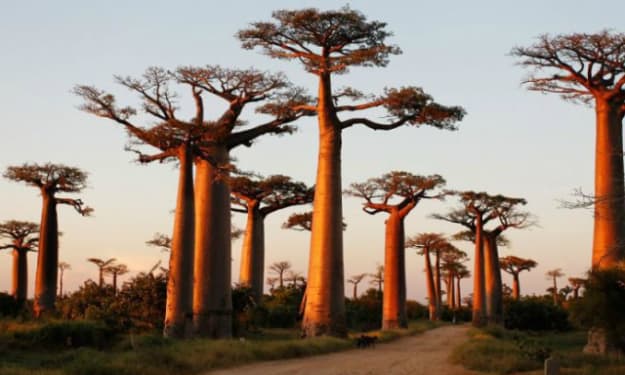Why the Megalodon went extinct
The untold mystery

Why Megalodons Went Extinct: Unveiling the Ancient Mysteries
The Meg, or Megalodon, dominated the oceans long after dinosaurs succumbed to a catastrophic meteorite impact. As one of the largest and most formidable predators to ever roam the Earth, this colossal shark reigned as the apex predator. However, approximately 3.6 million years ago, the last of its kind vanished, leaving behind only massive teeth for modern archaeologists to uncover. While various theories have emerged regarding the Megalodon's extinction, recent scientific discoveries may shed light on the true cause.
The Megalodon, aptly named for its massive teeth, existed around 20 to 3.6 million years ago and boasted extraordinary proportions. With a bite more powerful than a T-Rex, it was a true giant, reaching lengths of up to 59 feet and weighing over 30 tons. Yet, despite its dominance, the Megalodon disappeared from the Earth, giving rise to several hypotheses.
Contrary to common misconceptions, the Megalodon bore more resemblance to a modern bull shark than to the great white shark. While it was massive and powerful, it lacked the agility of smaller great white sharks, which could outmaneuver the Megalodon for food. The theory suggests that as the population of smaller sharks increased, competition for resources intensified, leading to the potential starvation of Megalodon offspring.
Another compelling theory emerges from recent studies indicating that the Megalodon was likely a warm-blooded predator, capable of regulating its body temperature. Analysis of tooth enamel isotopes suggested the Megalodon could maintain a body temperature approximately 13°F warmer than its surrounding water. This adaptation allowed the Megalodon to thrive in diverse environments. However, during the Pliocene Epoch, global cooling occurred, altering sea levels and challenging the Megalodon's ability to maintain its elevated body temperature.
The energy required for the Megalodon to sustain its warm-blooded state may have contributed to its decline, especially in the face of changing marine ecosystems and competition with emerging predators like the great white shark. This revelation underscores the potential impact of climate change on modern marine predators.
Interestingly, there have been reported sightings of large sea creatures resembling the Megalodon, fueling speculation about its existence. However, these sightings are often attributed to other species, such as the basking shark, which, despite its imposing size, poses no threat to humans. As we unravel the mysteries of the Megalodon's extinction, it prompts reflection on the current challenges faced by marine predators in the wake of climate change.
In conclusion, the Megalodon's disappearance remains a captivating enigma, with evolving scientific insights providing new perspectives on the demise of this once-mighty predator. As we delve into the mysteries of the past, we gain a deeper understanding of the delicate balance within marine ecosystems and the potential implications for present-day predators.
The extinction of the Megalodon serves as a poignant reminder of the interconnectedness of Earth's ecosystems and the delicate equilibrium that sustains life. Beyond the specific circumstances leading to the Megalodon's demise, the broader context of environmental changes during the Pliocene Epoch raises questions about the adaptability of apex predators in the face of shifting climates. As scientists continue to unravel the mysteries surrounding prehistoric extinctions, there is a growing urgency to apply these lessons to contemporary conservation efforts. The parallels between the challenges faced by the Megalodon and the current threats to marine life due to human-induced climate change are striking. From rising sea temperatures to disruptions in prey availability, modern predators are navigating a complex and rapidly changing landscape. Understanding the historical context of the Megalodon's extinction becomes not just an exploration of the past but a vital source of insights for safeguarding the future of marine ecosystems. By acknowledging the intricate dance between predators and their environments, we can strive for a harmonious coexistence that ensures the survival of these magnificent creatures in the face of ongoing environmental challenges.





Comments (1)
Excellent job 👍👌